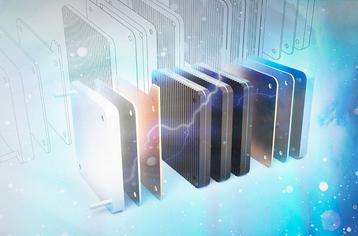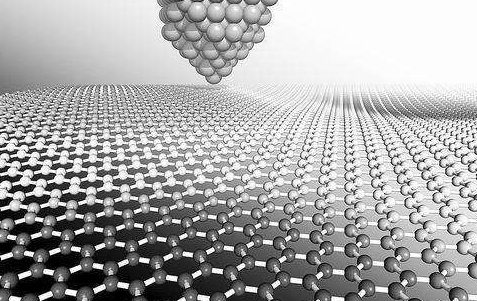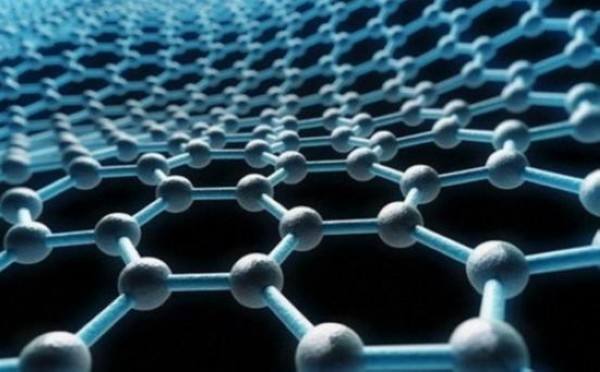How Many Cells Are In A Lithium Battery?
Dec 05, 2019 Pageview:3779
On a general note, the innovation of lithium batteries has gradually progressed to creating more products that are stable. Lithium-ion batteries are interestingly popular lately as they can be found in iPods, mobile phones, laptops, etc.
Their popularity stems from the fact that they are rated among the energetic batteries available in the market. However, they have also been in the news for bursting into flames from time to time. It is not a common occurrence by the way.
Nonetheless, lithium-ion batteries are prominent due to their vital advantages when placed in comparison with other rival technologies. They are lighter than other rechargeable batteries that are of similar sizes.
Basically, the electrodes of lithium batteries are made of carbon and lightweight lithium. Subsequently, lithium is actually an increased reactive element. This implies that lots of energy can be kept in its atomic bonds.
The regular lithium battery can practically keep about 150-watt-hours of electricity in just one kilogram of battery while a NiMH battery pack can store about 100-watt-hours for one kilogram.
Also, lead-acid battery stores just 25-watt-hours per kilogram. All these basically make lithium batteries stand out. Nevertheless, lithium batteries are highly capable of holding their charge.
The lithium battery pack simply loses roughly five percent of its charge monthly. This is in comparison to the twenty percent loss monthly of NiMH batteries. The batteries do not have any memory effect.
What it simply implies is that an individual does not have to fully discharge the batteries before recharging them once more like some other battery chemistries in the market.
The batteries of lithium can tackle roughly hundreds of charge and discharge cycles.

Li-on battery sizes
Similar to all other products, Li-ion batteries basically come in diverse sizes and formats that consumers will practically have to select from. While some li-on batteries are of the same size as AAA cell, others are the same with ? AA cell.
There are also li-on batteries that have a similar size to an A cell, but the only difference between them is that they have a diameter that is quite larger. There are those that are the same size as C cell and some others that are the same size of a D cell.
Lithium-ion Battery Characteristics
There are some prominently known characteristics of lithium-ion batteries, and they include;
· They have an increased energy density
This is actually one of the major characteristics of lithium-ion technology. Due to electronic equipment like our mobile phones that need to be operated for a long while between charges and at the same time consume power, there is a huge need for batteries with increased energy density.
Asides from mobile phones, there are other power applications that are from power tools down to electric automobiles. Electric automobiles will be needing battery technology that has increased energy density.
· Self-discharge
A problem with lots of rechargeable batteries is their self-discharge rate. The lithium-ion cells have their rate of self-discharge to be much lower than other rechargeable cells like Ni-Cad and NiMH.
Initially,?it is about five percent in its first four hours, and after being charged, it falls to about one or two percent monthly.
· Low maintenance
A primary lithium ion battery characteristic is that it does not demand maintenance to make sure they perform adequately. Unlike Ni-Cad cell that demands periodic discharge to make sure it does not showcase memory effect, lithium cells do not need any maintenance procedure.
· No priming demand
Some rechargeable battery cells actually need to be primed whenever they get their first charge ever. However, with lithium-ion cells and batteries, there is no requirement for such.
· Diverse types available
There are various types of lithium-ion cell available in the market. This characteristic simply implies that perfect technology can be utilized for the specific application required.
There are some forms of lithium batteries that offer increased current density and perfect for some consumers electronic equipment while others offer much higher current stages and perfect for electric automobiles and tools.

Lithium-ion Battery Charging Best Practices
Generally, Li-ion batteries lose their operating performance very quickly if the ideal practices are not followed through.
Note that, the main rivals of Li-ion batteries are;
· Mechanical damage
· Overcharging
· Heat;
· Increased state of charge for a long time
All of the best charging practices for lithium batteries revolve around the listed rivals. Some of the ideal practices include;
· The device should be stored away from straight sunlight or possibly heat
· Devices like laptops that have fans for ventilation should not be made use of on the bed or pillows. The air exhaust will get blocked, and heat will build up.
· Mechanical damage should be prevented room getting to the battery although, it is highly unlikely due to regular utilization. Since the batteries store lots of energy, puncturing will result in shorting which in turn causes a buildup and finally lead to a fire
· Do not talk on your phone while charging, or, if you must do so, make use of a slow charging USB cable gotten from a PC or a charger with low current.
· The building up of gas is generated as a result of electrochemical oxidation of electrolytes. Oxidation takes place when the battery is overcharged or a spoilt battery.

Final Thoughts
The life cycle of the lithium battery can practically be extended through making use of low current chargers. Though it will take longer for this battery to charge, it will, however, extend its cycle of life which is not an issue for night charging.
Consumers should note that cheap chargers from manufacturers without names should not be trusted. This is because they have diverse drawbacks and the most crucial of it all may simply be that they have a current regulation that is poor.
Faulty chargers simply cause overcharging which is highly dangerous, and because of this, it should be avoided at any point in time.
- Prev Article: How to charge 18650 battery?
- Next Article: How To Fix Swollen LiPo Batteries?
Leave Message
Hottest Categories
-
Hottest Industry News
-
Latest Industry News














